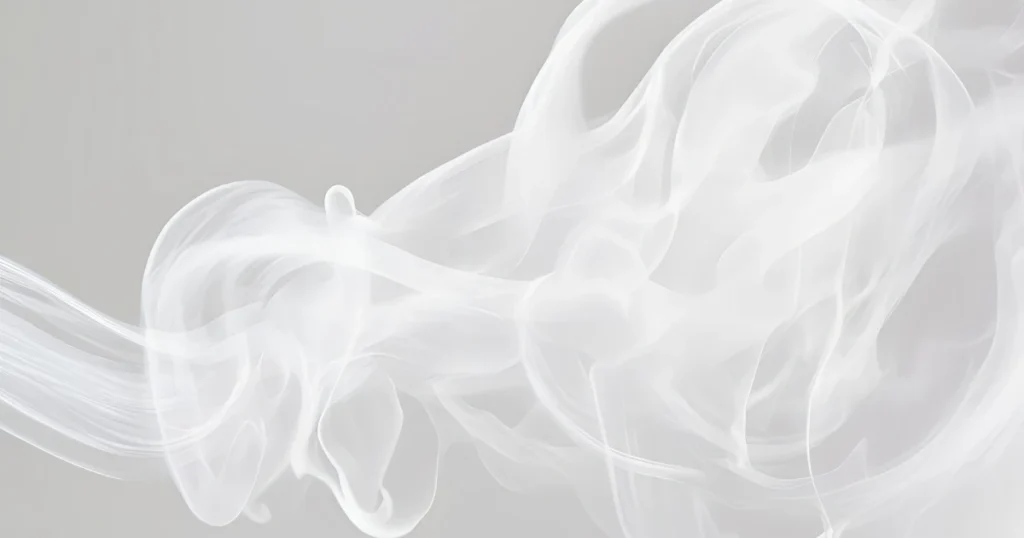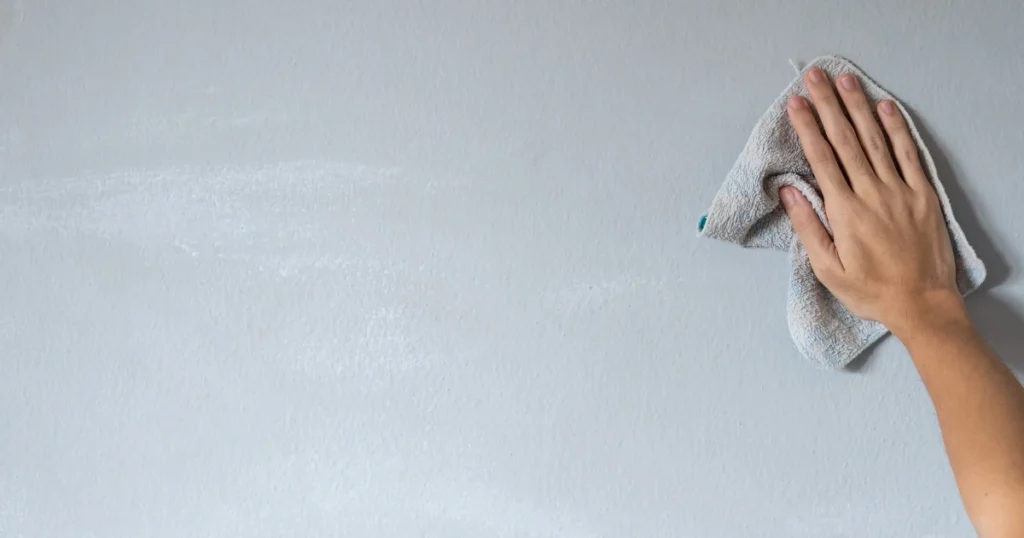Nicotine residue from smoking indoors has long-term effects that go beyond visible stains and odours. It impacts indoor air quality, which in turn affects the health of everyone within the space. Whether you’re dealing with your own home or cleaning up a property previously occupied by smokers, understanding how nicotine affects indoor air quality is essential. This guide will cover why nicotine is a concern, its effects on air quality, and effective strategies for nicotine cleaning to improve your living environment.
Nicotine is a chemical compound found in tobacco that becomes airborne when cigarettes, cigars, or other tobacco products are smoked. As smoke travels through the air, it leaves behind a residue of nicotine and other harmful chemicals that can settle on every surface in a room, from walls and ceilings to furniture, floors, and even air ducts.
Over time, these nicotine residues contribute to what’s known as “thirdhand smoke.” Thirdhand smoke refers to the residual nicotine and other chemicals that linger on surfaces long after the visible smoke has dissipated. These residues can re-enter the air as tiny particles, affecting indoor air quality for months or even years. For this reason, effective nicotine cleaning is essential to ensure that indoor spaces remain fresh and healthy.


Indoor air quality directly impacts respiratory health, and the presence of nicotine worsens the situation. While secondhand smoke – the smoke inhaled by non-smokers from burning tobacco products – is known for its immediate health risks, thirdhand smoke also presents hazards, especially in poorly ventilated spaces. Here are some ways nicotine can affect health:
Given the health risks, removing nicotine residue through comprehensive nicotine cleaning methods is essential to restoring air quality in a space previously exposed to smoking.
If you’re unsure whether nicotine residue is affecting the air quality in your space, there are a few tell-tale signs to look for:
"Nicotine cleaning is essential to restoring air quality in a space previously exposed to smoking."
Cleaning nicotine residues to improve indoor air quality requires a combination of surface cleaning and air purification methods. Here are practical steps for nicotine cleaning that can help restore a space to a healthier state.
Good ventilation is the first step in improving indoor air quality. Open windows and doors to allow fresh air to circulate, particularly when you’re engaged in cleaning activities. Use exhaust fans in bathrooms, kitchens, and laundry rooms to help draw nicotine-laden air out of the building.
An air purifier with a HEPA filter can help capture airborne nicotine particles and reduce the presence of harmful chemicals in the air. Some air purifiers are specifically designed to target odours and VOCs (volatile organic compounds), which can be effective in spaces previously exposed to smoking.
Nicotine residue clings tenaciously to walls, floors, and even fabrics. For effective nicotine cleaning, it’s essential to clean each surface type thoroughly:
Nicotine particles can accumulate in air ducts and HVAC systems, leading to a continuous recirculation of contaminated air. Have a professional clean the air ducts, filters, and HVAC system components to ensure these hidden areas aren’t reintroducing nicotine particles back into the air. Regular filter replacement is also essential for maintaining air quality.
Curtains, rugs, and other soft furnishings hold nicotine residue and odour, impacting indoor air quality. Machine wash items where possible, or use a steam cleaner on larger items. For heavy nicotine exposure, it may be necessary to replace these items to fully restore air quality.
If nicotine residue is particularly stubborn, repainting may be the only way to eliminate yellowing and lingering odour. Use a stain-blocking primer first, followed by high-quality paint. This will seal in any remaining residue and prevent it from affecting air quality.
Once nicotine cleaning is completed, maintaining a clean space is crucial for sustaining good air quality. Regular dusting, vacuuming, and ventilation will help prevent any residual particles from settling and reduce the risk of the odour returning.

While it’s possible to handle minor nicotine cleaning tasks on your own, extensive nicotine residue often requires professional intervention. Professional cleaning services have the experience, equipment, and specialised cleaning agents necessary to tackle tough nicotine stains and odours effectively. They can also conduct thorough air duct cleaning, a task that may be difficult for homeowners to complete fully.
The impact of nicotine on indoor air quality is significant, particularly due to thirdhand smoke, which lingers long after smoking has ceased. Poor air quality caused by nicotine residue can lead to respiratory problems, allergies, and even serious long-term health risks. By following proper nicotine cleaning practices and using a combination of ventilation, air purifiers, and deep cleaning techniques, it’s possible to improve the air quality in spaces previously exposed to smoke.
For those dealing with heavy nicotine residue, professional cleaning may be the most effective option. Restoring indoor air quality through nicotine cleaning is not only essential for a fresh and pleasant home environment but also for the health and well-being of everyone in the space.
Does your property need professional nicotine cleaning? Trust the experts with AllAces Cleaning & Restoration today!

AllAces Cleaning & Restoration Expert
Aaron is a seasoned professional with over 16 years of experience in the restoration industry. Specialising in large-scale restoration projects and water damage restoration, Aaron has built a reputation for delivering exceptional results in challenging situations.